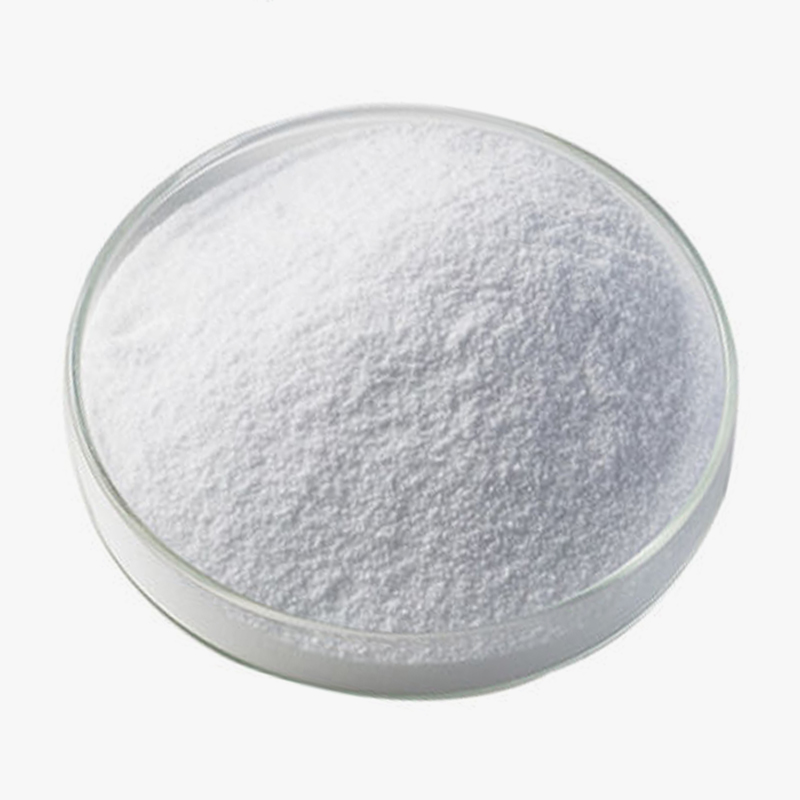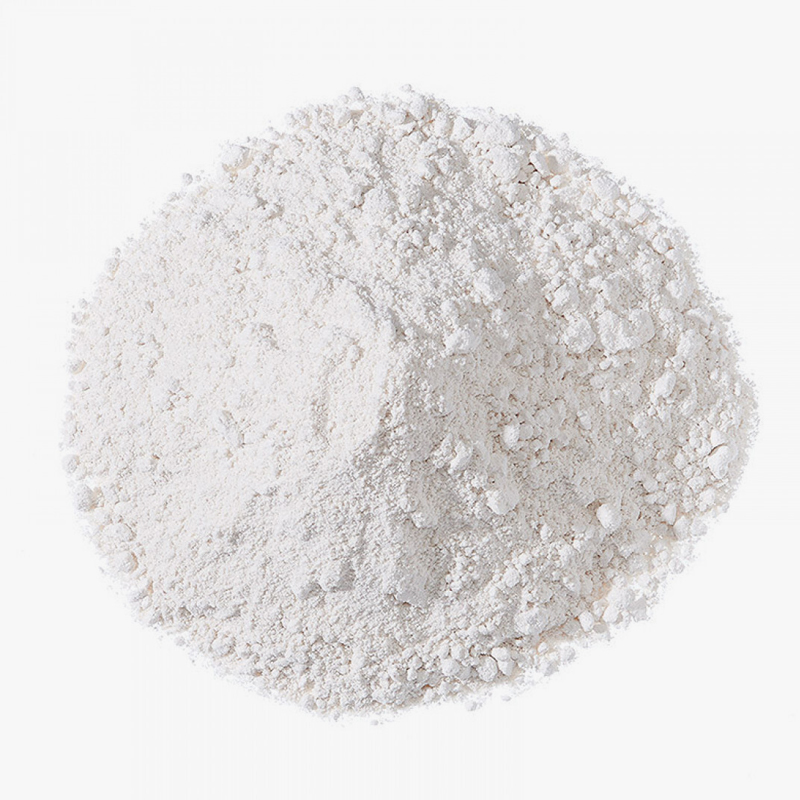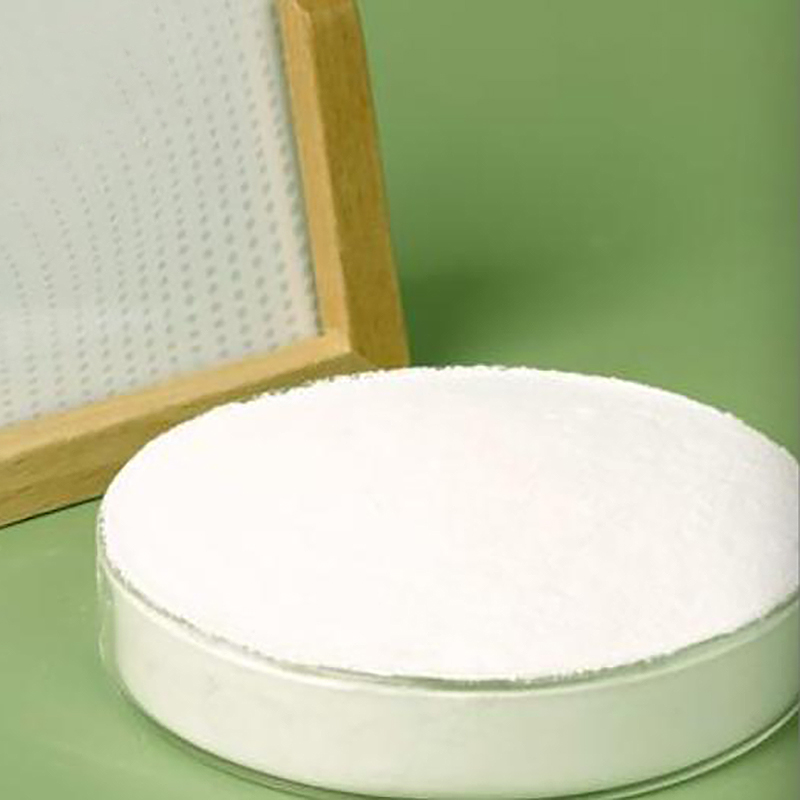1. Environmental Advantages of Hydroxyethyl Methyl Cellulose Coating
Advantage 1: Zero VOC emissions, meeting environmental regulations
Why do environmentally friendly coatings require HEMC?
No solvent added: HEMC is a water-soluble polymer that does not release harmful substances such as formaldehyde and benzene, thus meeting environmental standards.
Replacing traditional thickeners: Compared to some cellulose ethers containing plasticizers (such as HPMC), HEMC's synthesis process is cleaner and eliminates the risk of heavy metal residues.
Advantage 2: Excellent rheological control for smoother application.
How does HEMC improve coating application properties?
High shear thickening: Provides optimal viscosity when applying with a roller or brush, preventing splashing (especially critical in spray applications).
Low shear leveling: Viscosity decreases after quiescence, allowing the coating to automatically level, eliminating brush marks.
Anti-settling: Suspends pigments and fillers, improving storage stability by more than three times.
Advantage 3: Superior water retention, reducing the risk of cracking.
How does HEMC improve coating film quality?
Delaying Water Evaporation: On porous substrates (such as cement walls), HEMC's water-retention properties can extend drying time to 2-4 hours, preventing cracking caused by rapid water loss.
Promoting Film Formation: Uniform water release allows for full fusion of emulsion particles, improving coating density.
Applicable Applications: Products requiring high breathability, such as exterior wall paints and putties.
Advantage 4: Improved Scrub Resistance, Extended Service Life
The Relationship Between HEMC and Coating Durability
Three-Dimensional Network Structure: After drying, HEMC forms a flexible support skeleton, enhancing the coating's resistance to mechanical wear.
Emulsion Synergy: When combined with acrylic emulsions, scrub resistance can be increased by 50%.
Advantage 5: Broad Compatibility, Suitable for Various Formulations
Flexible Applications of HEMC
Wide pH Tolerance: Stable performance within the pH range of 3-11, suitable for alkaline systems such as lime-based and cement-based systems. Covering multiple product categories:
Interior and exterior wall coatings: Improves open time and sag resistance
Tile adhesives/putties: Enhances water retention and adhesion
Waterproof coatings: Optimizes permeability and film continuity
Formulation recommendations: The typical HEMC addition level in water-based latex paint is 0.1%-0.5%. The optimal ratio should be determined through experimentation.
2. Basic Properties and Principles of Action of HEMC
Chemical Structure and Properties
HEMC is a polymer derived from natural cellulose through etherification and modification. It exhibits the following properties:
Water-Solubility: Rapidly dissolves in cold water to form a transparent, viscous solution
Non-ionic: Excellent pH stability (3-11), compatible with most coating ingredients
Thermogelation: The solution forms a gel at elevated temperatures and regains fluidity upon cooling
Three Major Mechanisms of Action in Coatings
Thickening: Increases system viscosity through molecular chain entanglement
Water Retention: Hydroxyl groups form hydrogen bonds with water molecules, slowing evaporation
Rheology Modification: Provides high shear-thinning and low-shear recovery properties
3. Hydroxyethyl Methyl Cellulose (HEMC) FAQs
What is the appropriate dosage of HEMC in coatings?
Answer: Typically 0.1%-0.5% (dry powder basis) of the total formulation, depending on:
Coating type: Latex paint (0.1-0.3%), Waterproof coating (0.3-0.5%).
Viscosity requirement: Each 0.1% increase in HEMC increases the KU value by approximately 5-10.
Other components: Synergistic/antagonistic effects exist with thickeners (such as ASE) and emulsions.
How to properly dissolve HEMC? How to avoid clumping?
Dissolution steps:
Premixing and dispersion: Dry mix HEMC with powder (such as titanium dioxide) or disperse in a cosolvent such as ethylene glycol.
Stirring and dissolving: Slowly add cold water while stirring (recommended speed ≥ 800 rpm).
Aging: Allow to stand for 20-30 minutes to reach the final viscosity. Anti-caking tips:Do not pour directly into stagnant water!Use the "sugar pouring method": Slowly sprinkle in while stirring. High-shear dispersers can be used for industrial production lines.
What precautions should be taken when storing HEMC?
Sealed to prevent moisture: Highly hygroscopic, re-tighten the packaging after opening.
Avoid high temperatures: Store at ≤30°C to prevent clumping.
Shelf life: Typically 2 years; viscosity should be retested after expiration.
Will HEMC cause paint to mold?
A: HEMC itself does not mold (it is not a microbial nutrient source).
However:
If the formula contains other ingredients such as starch, preservatives are still required.
A BIT-type in-can preservative (such as Kasong) is recommended.

 简体中文
简体中文 English
English русский
русский عربى
عربى Español
Español









